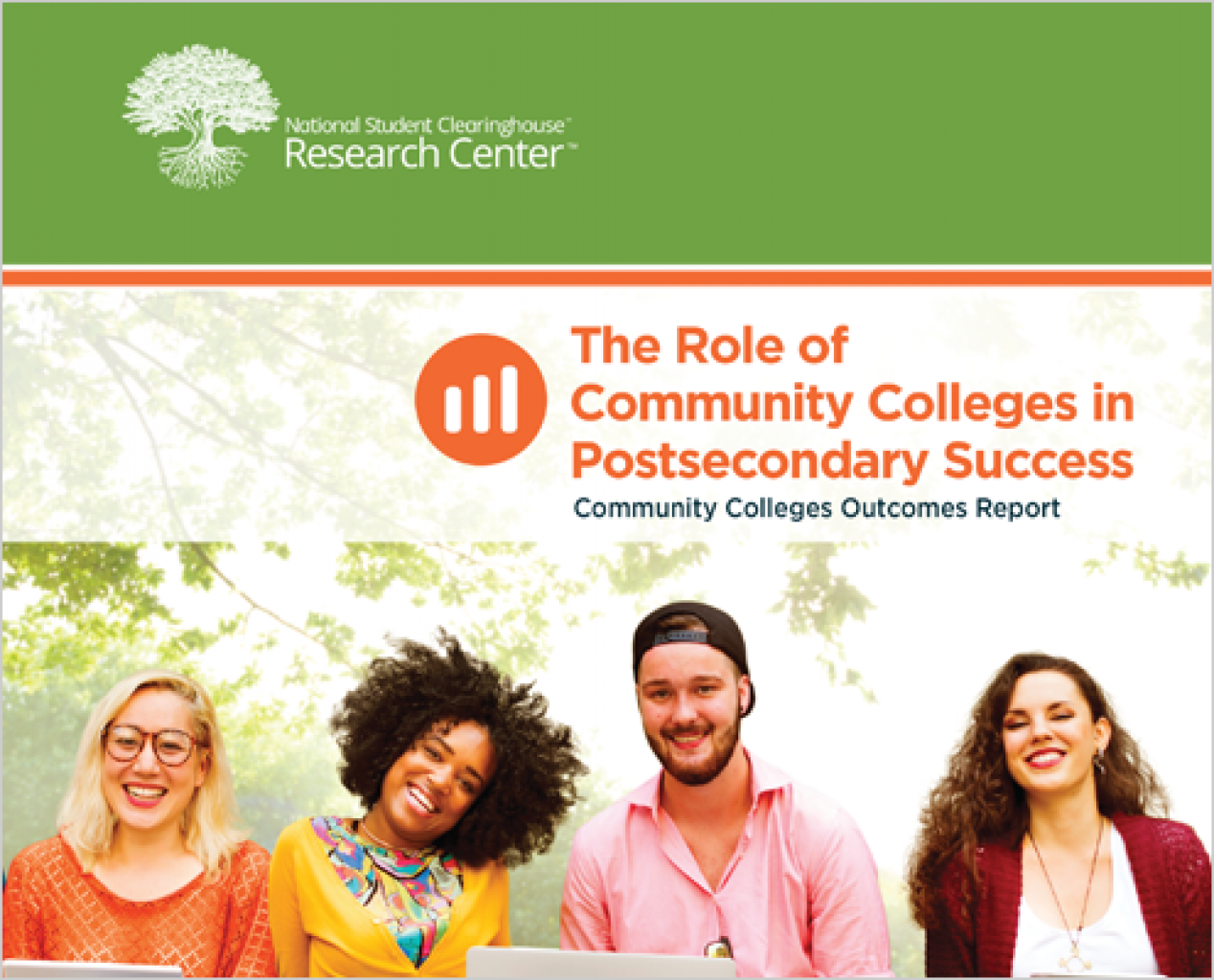Student Transfer Decreased Sharply During the Pandemic

Student Transfer Decreased Sharply During the Pandemic
HERNDON, VA –– The National Student Clearinghouse Research Center released mew research revealing that the decline in student transfer and mobility this fall is steep and widespread. Only primarily online institutions, where more than 90% of students enrolled exclusively online before the pandemic, show an increase in returning transfer students this fall.
“Transfer is an important part of student success, enabling access to bachelor’s degrees for community college students, and critical opportunities for course-correction by students whose goals have changed or who need a stronger institutional fit,” said Doug Shapiro, Executive Director of the National Student Clearinghouse. “As the pandemic continues to constrain these avenues of institutional choice, students will face ever larger barriers to educational attainment, promising careers, and socioeconomic mobility. Today’s data show that these adverse impacts fall disproportionately on Black and Hispanic students.”
The general dampening of student mobility is seen in all transfer pathways. Reverse transfers from four-year to two-year institutions decreased the most, by more than five times the pre-pandemic rate of decline (-19.4% vs. -3.6%). Lateral transfers—students transferring from a four-year to another four-year college, or a two-year to another two-year college—decreased four times more than the pre-pandemic rate of decline (-12.6% vs. -3.1%). There is a 0.7 percent drop from last fall in upward transfers from two-year to four-year institutions, after a slight increase pre-pandemic (+0.2%).
Other key findings include:
• Transfer students decreased considerably this fall (-8.1%), more than triple the drop among continuing or returning students who did not transfer (-2.4%, not counting freshmen).
• Black and Hispanic transfer students decreased most precipitously at community colleges, and Asian students made gains in the four-year college sector.
• Male student mobility declined sharply during the pandemic, regardless of age.
• Former students who stopped out prior to the outbreak are far less likely to have returned to higher education this fall, down by 16.7% after a 7.9% growth the year prior. Those who did return were more likely to have transferred to a new institution in the process, and a growing number are choosing primarily online institutions.
• Four-year colleges experienced relatively smaller declines in students transferring into four-year colleges (transfer-in enrollment), falling by 2.6% from last fall, as opposed to a more severe decrease of 18.9% in two-year colleges’ transfer-in enrollment. Public four-year institutions maintained relatively steady transfer-in enrollments amid the pandemic, with a growing share of continuing students transferring from two-year colleges.
The Covid-19 Transfer, Mobility and Progress Report findings are based on the panel of institutions representing 92% of the Clearinghouse universe of institutions and 12.5 million undergraduates without prior bachelor’s degrees or higher and who are not dual-enrolled high school students, as of November 19, 2020.
The Research Center’s COVID-19 Transfer, Mobility, and Progress Report series, with support from Ascendium Education Group and ECMC Foundation, identifies changes in student transfer pathways that are attributable to the pandemic by using historical data as the pre-pandemic baseline and the Clearinghouse’s current enrollment data. By making transfer data and insights accessible online for free, the Research Center enables schools, institutions, organizations, and policymakers to better adapt and serve students, particularly those from the most vulnerable populations, during the pandemic and beyond.
Comentar
Los campos obligatorios estan marcados con *


















































Comentar con Facebook